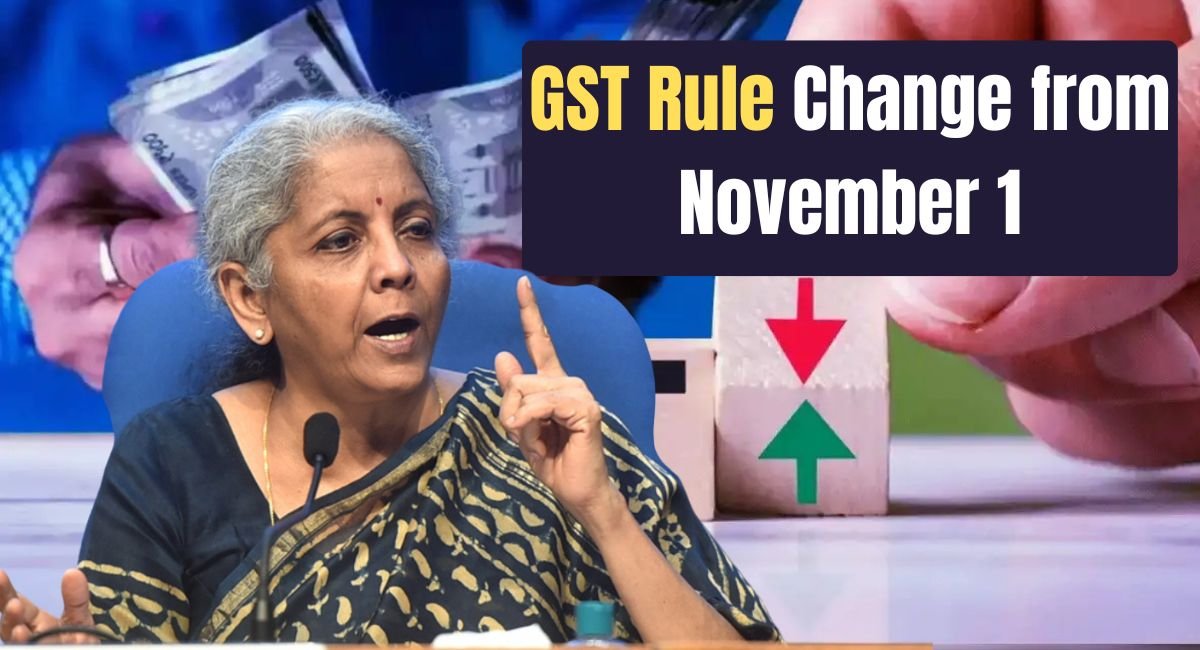The Indian administration will institute a crucial reform in the GST system under the GST 2.0 reforms starting November 1, 2025. The new decree includes an automatic approval system for GST registration that lasts for three days, and thereby it becomes not just faster but also easier for the business world—the small and medium enterprises particularly—to be set up.
What Is the New GST Rule?
The approval for GST registration will take only three working days under the new system for most new applicants, thus making the process faster for many. The earlier verification of the application took up to 15 days or even longer. The idea behind the reform is to cut down on waiting times, increase openness, and make the biggest number of businesses possible to be registered under GST.
Who Will Benefit?
The updated regulation will have a positive impact on:
- Small companies whose monthly output tax liability does not exceed ₹2.5 lakh
- Startups and new businesspeople
- Low-risk applicants confirmed via PAN and Aadhaar
The government has issued the figures that confirm that around 96% of new GST applicants will be eligible for auto-approval, thus making onboarding faster and reducing the amount of paperwork needed.
GST Rule Change Summary Table
| Feature | Old Rule | New Rule (Nov 1, 2025) |
|---|---|---|
| GST Registration Time | Up to 15 days | Auto-approved in 3 working days |
| Eligibility | Manual verification | Aadhaar & PAN-based low-risk filter |
| Coverage | All businesses | 96% of new applicants |
| Reform Initiative | GST 1.0 | GST 2.0 |
Final Thoughts
The GST registration reform is a huge boost to Indian business ecosystem. Entrepreneurs can now devote their time to scaling up and not to paperwork, as the whole process of approvals will be quicker and require less human intervention. Those businesses that plan to register under GST must ensure that their PAN and Aadhaar information is current in order to fully capitalize on the changes to be made in the new system.


